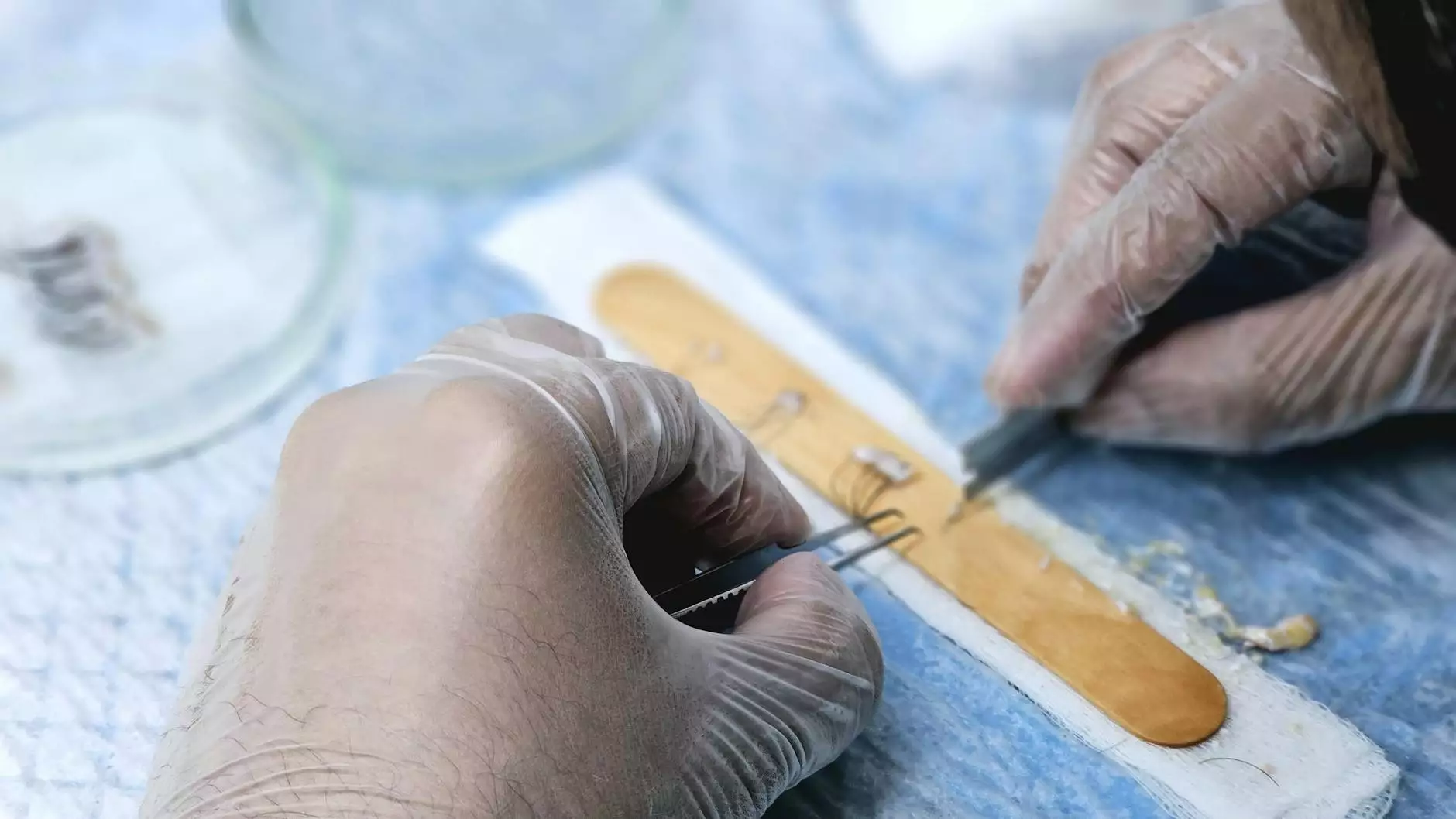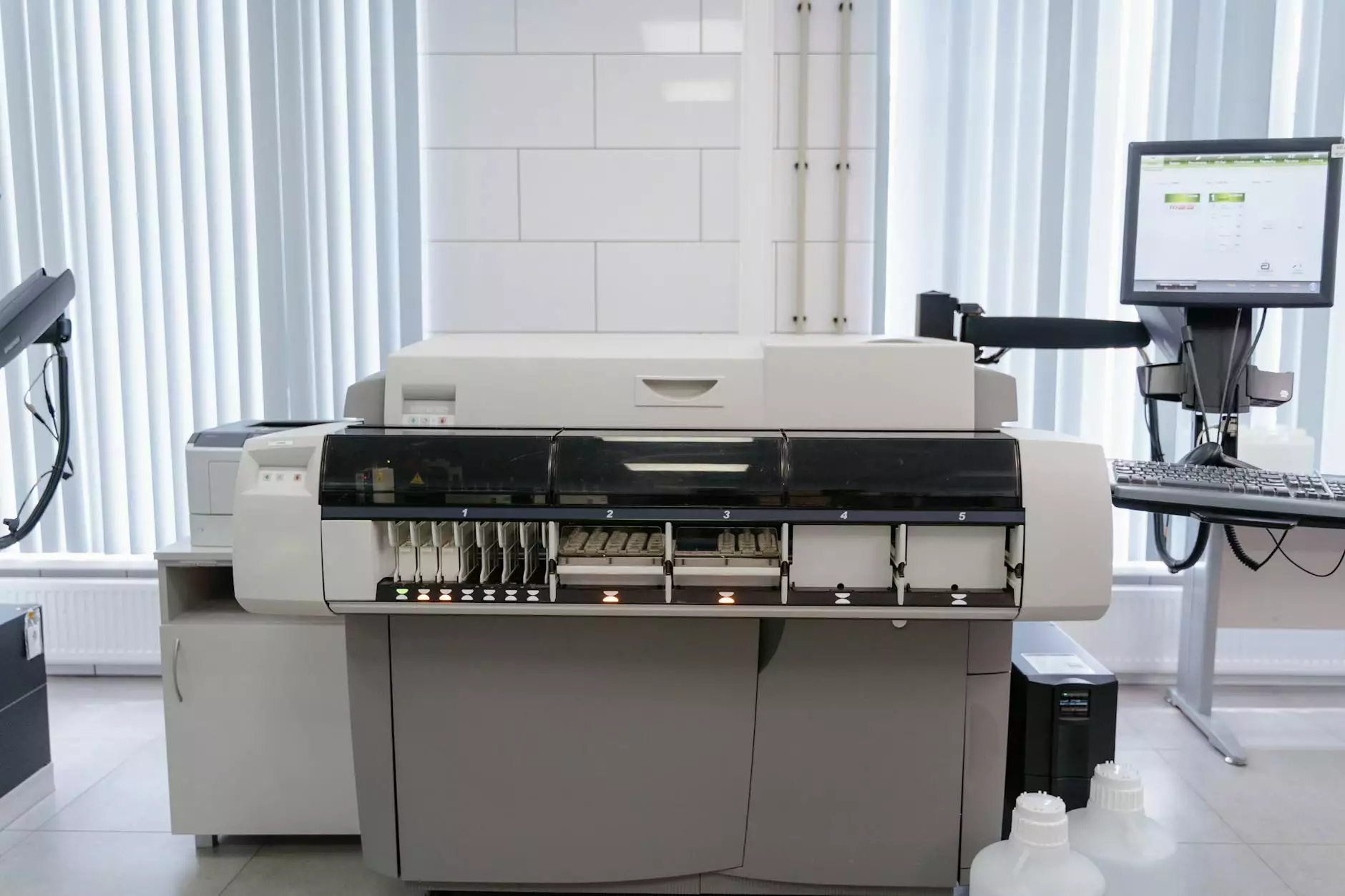Minimally Invasive Lung Surgery: A Comprehensive Guide

Minimally invasive lung surgery has transformed the way pulmonary ailments are treated, providing patients with less pain, quicker recovery times, and significant improvements in overall health outcomes. In this article, we will explore the intricate details of this advanced surgical option, its benefits, the procedures involved, and what patients can expect during and after surgery.
Understanding Minimally Invasive Lung Surgery
Minimally invasive lung surgery, as the name suggests, is a surgical technique that utilizes small incisions to perform procedures on the lungs. This method is a stark contrast to traditional open surgery methods, which often require larger incisions and result in prolonged recovery times.
How Does Minimally Invasive Lung Surgery Work?
The technique involves the use of advanced tools and technologies such as:
- Thoracoscopic Surgery (VATS): Video-assisted thoracoscopic surgery is one of the most common methods where a thoracoscope (a camera) is inserted through small incisions to guide the surgeon during the procedure.
- Robotic-assisted Surgery: This approach uses robotic systems to enhance precision and control, allowing surgeons to operate through even smaller incisions.
Both techniques are performed under general anesthetic, enabling minimal trauma to the body while allowing the surgeon to correctly perform the necessary procedures, which include tumor removal, biopsy, and other lung repairs.
The Advantages of Minimally Invasive Lung Surgery
Choosing minimally invasive lung surgery over traditional surgical options can lead to numerous advantages:
- Reduced Pain: Smaller incisions mean less trauma to the body, resulting in significantly reduced post-operative pain compared to traditional surgery.
- Shorter Recovery Time: Patients typically experience a quicker recovery, allowing them to return to their daily activities much sooner. Many patients leave the hospital within 24 hours.
- Lower Risk of Infection: With less exposure of internal organs to the external environment, the risk of surgical site infections is considerably diminished.
- Minimal Scarring: Tiny incisions lead to minimal scarring, a significant concern for many patients.
- Improved Lung Function: Less trauma to the lung tissues allows for better preservation of lung function, an essential factor for recovery.
Common Conditions Treated with Minimally Invasive Lung Surgery
Various lung conditions can be effectively treated with minimally invasive lung surgery. Some of the most common include:
- Lung Cancer: The removal of cancerous tumors is often performed using minimally invasive techniques to improve patient outcomes and recovery.
- Pneumothorax: Repairing lung pleura in cases of collapsed lung is commonly done using video-assisted methods.
- Chronic Obstructive Pulmonary Disease (COPD): Certain lung volume reduction surgeries can also be performed using these techniques.
- Benign Tumors or Lesions: Non-cancerous growths can be effectively removed with minimal disruption to surrounding tissues.
The Procedure: What to Expect
Understanding the procedure involved in minimally invasive lung surgery prepares patients for their surgical experience. Here is a step-by-step overview:
Pre-operative Consultation
Before the surgery, a thorough evaluation is performed by a specialist. This includes:
- Medical history assessment
- Physical examinations
- Imaging tests (CT scans, X-rays)
- Laboratory tests to assess overall health
Day of Surgery
On the day of the surgery:
- Patients are typically asked to arrive at the hospital several hours in advance.
- Pre-anesthesia consultations and an IV line insertion will take place.
- Patients will be given general anesthesia to ensure they are comfortable and pain-free throughout the procedure.
The Surgical Process
The surgeon will make a few small incisions in the chest wall and insert a thoracoscope and surgical instruments. Guided by the images from the thoracoscope, the surgeon will perform the necessary tasks to treat the lung condition.
Post-operative Care
After the procedure, patients are monitored in a recovery room for a few hours. Some aspects of post-operative care include:
- Pain management
- Monitoring vital signs
- Encouragement of deep breathing and movement to promote lung recovery
Recovery After Minimally Invasive Lung Surgery
The typical recovery process following minimally invasive lung surgery involves:
- Hospital Stay: Many patients can go home within 24-48 hours post-surgery.
- Activity Level: Patients are generally encouraged to resume normal activities within a week, with full recovery of lung function occurring over a few months.
- Follow-up Appointments: Regular check-ups with the surgeon to monitor recovery progress.
Choosing the Right Surgeon: The Importance of Expert Care
When considering minimally invasive lung surgery, choosing an experienced surgeon is paramount. Look for specialists who have:
- A strong background in thoracic surgery
- Experience with robotic-assisted techniques
- Positive patient testimonials and success rates
- A comprehensive approach to patient care that includes pre-operative and post-operative support
Conclusion
In conclusion, minimally invasive lung surgery represents a monumental step forward in the treatment of various lung conditions. With its myriad benefits, including reduced pain, quicker recovery, and better lung function preservation, it stands as a preferred choice for both patients and surgeons alike. For those considering this innovative approach, seeking care from professionals like the team at Neumark Surgery can provide peace of mind and expert guidance throughout the process. Explore the advantages of minimal invasiveness for a better, healthier tomorrow!



